Bootstrap has long been one of the most popular frameworks in Frontend developers. The user base of this framework is substantial because for a long time, there was no alternative to Bootstrap to create sites quickly.
Today there are many other competing frameworks, offering an alternative to Bootstrap, which are just as good and which can meet certain needs even better than the latter.
1. Tailwind CSS : a competitor to serious bootstrap
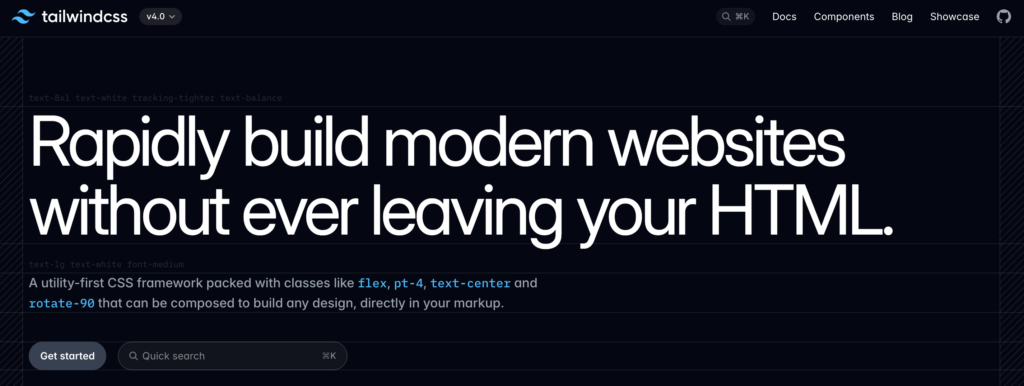

Tailwind CSS is a CSS framework Modern and utilitarian which is distinguished by its different approach from traditional frameworks as Bootstrap. It is certainly one of the most popular alternatives with the moment.
Rather than offering predefined components, Tailwind provides a multitude of utility classes to build tailor -made interfaces directly in HTML. This approach allows great flexibility and avoids the crushing of the default styles.
Thanks to its personalization system via a configuration file, it is possible to adapt Tailwind to any project by modifying colors, spaces or typography.
Tailwind CSS integrates perfectly with libraries like React or Vue.js.
2. Bulma : the best alternative to Bootstrap
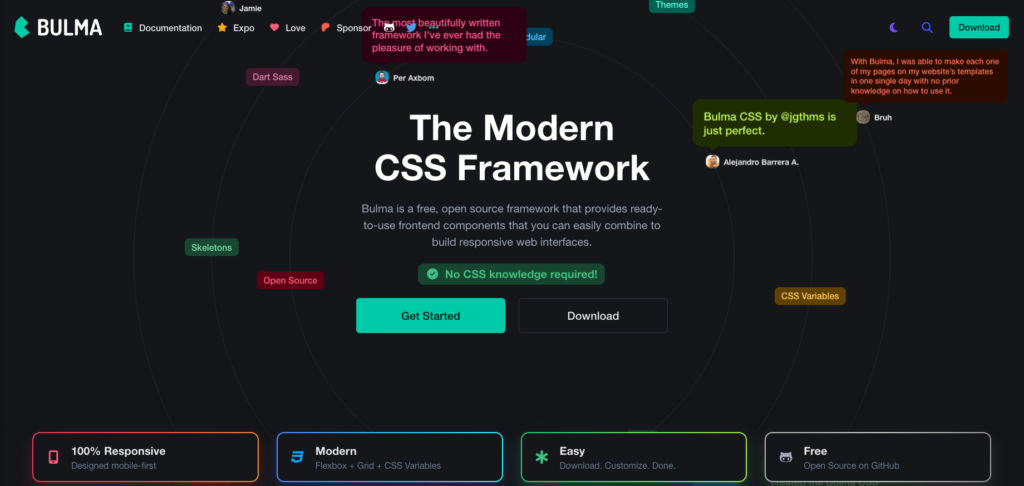

When it arrived on the market, the CSS Bulma framework was an almost instant success.
He was one of the first CSS frameworks to have set up a real flexbox grid. It also has a large selection of components, necessary to code any type of website. Bulma is delivered with a beautiful range of colors and it is among the most beautiful frameworks on the market.
Updated very regularly, Bulma is an excellent alternative to Bootstrap and a serious competitor of Tailwind CSS.
3. Pure : an alternative to the Bootstrap framework
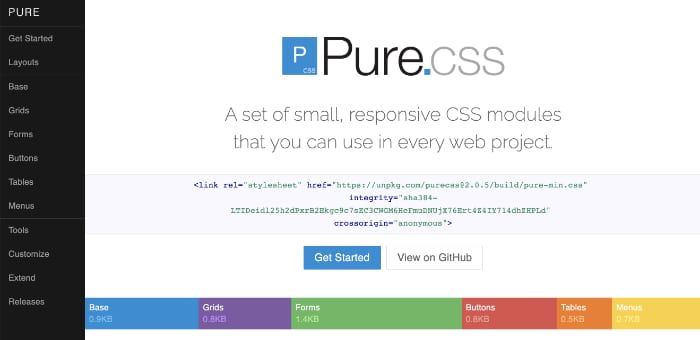

Pure.css is a set of CSS modules grouped in a framework. The main asset of Pure is its weight: incredibly light, it was designed taking into account the mobile devices for which the small file size is imperative.
As its name suggests, the framework is purely CSS. It allows developers to create Responsible pages Using grids, menus, forms, buttons and much more.
Small but strong, pure.css surpasses Bootstrap with regard to mobile devices.
4. Uikit : another open-source alternative to Bootstrap
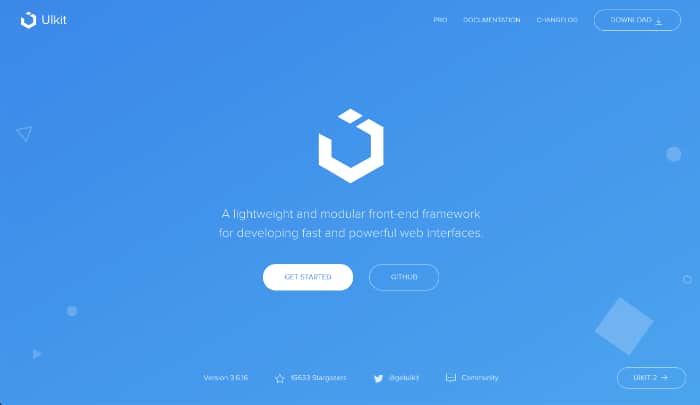

Developed by Yootheme in Germany, Uikit is still an open-source solution.
The company enjoys a good reputation in the field of web applications and WordPress, Joomla, etc. Without counting its own tool for creating sites, Yootheme Pro. Regarding Ulkit, the framework has a wide range of HTML, CSS, JavaScript components and depends on the MIT free license which can therefore be easily used and modified.
All CSS snippets are available in Less version and SASS version so that you can adapt to the needs of experienced programmers. Like Bootstrap, its 30 modules are created on Normalize.CSS, which is why web projects created with Ulkit appear without problem in current browsers.
Ulkit has several responsive classes to adapt the content to different presentation sizes. The predefined breakdown points (for example 1,200 pixels for a large screen or 479 pixels for a smartphone screen) can be adapted to each theme thanks to the online personalization tool, Customize.
Despite a large number of functions, the individual weight of each file as well as that of the entire framework is surprisingly light.
Finally, Ulkit has around 1500 forks on GitHub where you can find and download each of the modules. The set can also be downloaded from the official Ulkit website.
Read too :: 25+ Themes and components for your Tailwind CSS site
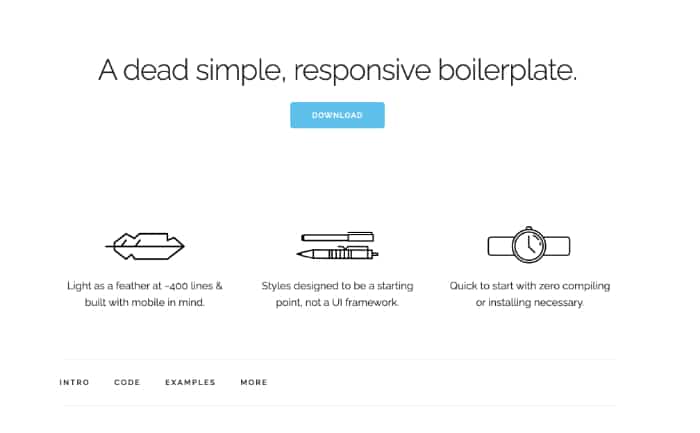

Skeleton is a very popular CSS frame. The framework offers a 12 columns grid, made up of lines and columns (like the other CSS grids).
The new version of Skeleton adopts a “mobile first” approach, which allows the layout to be to the point regardless of the size of the screen. Skeleton's lightness can speed up the development process of your Frontnd projects.
Do you want a little simple thing without having to go through ultra -complete and heavy frameworks? Skeleton is undoubtedly the framework that will suit you best. The tool will provide the developer with fundamental components which will be enough to quickly start any modest project:
- Buttons,
- Lists,
- Forms,
- Tables and many more.
Note: a New version of Skeletonfrom the CSS framework of the same name, was designed to operate with Svlete and Tailwind CSS.
Read too :: 6 nodejs frameworks to know


The flexible Foundation framework has its origin in a guide that the Zurb design agency used exclusively for its customers. Zurb then combined and published many HTML components, CSS and JavaScript at framework Open-Source. The heart of the framework is a flexible grid made up of twelve columns, making it possible to create a responsive layout.
The underlying CSS code gives access to a compact design that can be adapted to specific needs. Unlike Bootstrap, some classes are integrated without the need to add them beforehand.
Zurb offers different courses, personalized support for your Frontnd project as well as a special version of the framework for the creation of newsletters.
If you want to use Foundation to develop your web interface, it is possible to download for free either the full set or a selection of components of your choice, from the website.
If you need help to create or modify a site carried out with Bootstrap, submit a project for free on Codeur.com!
You will find Specialized developers on Bootstrap who can help you finalize your web projects.
